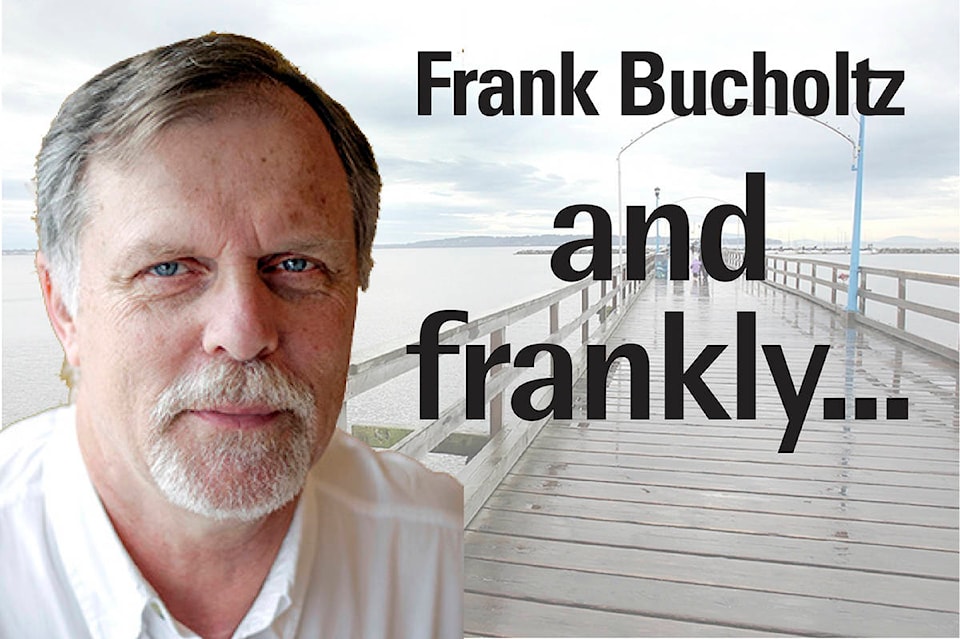A fascinating and little-known aspect of Surrey history shows just how little has changed when it comes to providing health services to area residents.
Historian Sue Bryant wrote about the brief existence of an emergency hospital during the Second World War. The hospital was a complete community effort, largely organized and driven by volunteers. It came about because there was no hospital nearer than New Westminster, gas rationing was in place, there was a real fear of air raids from the Japanese Air Force, and the population of Surrey was growing rapidly.
At the time, the population of Surrey (which included White Rock) was 18,000 and was doubling every decade. It was estimated that one hospital bed was needed for every 1,000 people.
It is also important to remember that health care was not funded by the government. People who needed medical care had to pay for it themselves. Some years after the war ended, the B.C. government brought in a hospital insurance plan, which helped pay for the time spent in hospital. Medicare itself was still decades away.
The establishment of the hospital came through Air Raid Protection. This organization, set up in all coastal communities, was responsible for ensuring that proper precautions were taken to prevent any bombing from doing significant damage. This included blackouts at night. In Surrey, it was headed by First World War veteran George Hooser.
The Surrey ARP not only got the hospital going (in a matter of months), but its equipment formed the foundation to expand fire services throughout Surrey. Much of its equipment went to various community fire halls, which were unified into a Surrey-wide fire department in the 1950s.
The emergency hospital was set up in a hall owned by Cloverdale United Church. It only lasted during the war years.
Efforts to set up a permanent hospital in conjunction with Langley were unsuccessful, and it was almost a decade after the war ended when Peace Arch Hospital opened – the first hospital in Surrey. White Rock had not yet seceded.
Surrey Memorial Hospital opened a few years later, and the name “memorial” was a reflection of both the establishment of the temporary hospital and Surrey’s war effort.
In the time since the two local hospitals opened, there have been many attempts to open a third hospital for the growing population, but all have failed. The establishment of the Jim Pattison outpatient centre near SMH has been a big step forward, and more recently, the NDP government has set up an urgent care centre.
Nonetheless, health services in Surrey remain inadequate. There are far too few doctors for the population, and crowding at emergency rooms, particularly at SMH, is among the worst in the province. There are not enough advanced medical services at either local hospital.
In the urgency caused by the Second World War, and because of the all-out effort Surrey residents made at the time, it was possible to set up a 20-bed hospital in just a few months. It’s too bad that sense of urgency seems to be completely missing today.
Frank Bucholtz writes Wednesdays for Peace Arch News, as well as at frankbucholtz.blogspot.ca – email frank.bucholtz@gmail.com
